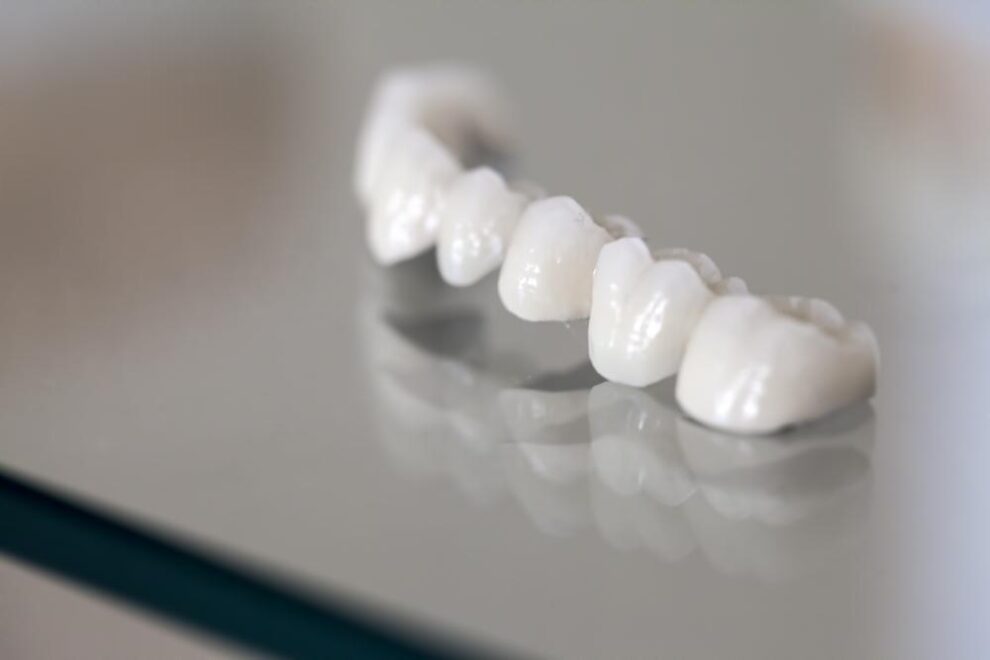On the map of oral health, bridges fill gaps. Dental bridges, that is. Once upon a time, losing a tooth meant a lifetime gap in your smile. Now, just as New York’s bridges connect boroughs, dental bridges link healthy teeth, filling the void left by missing ones. In this blog, the term new york veneers will come up as well. I’ll explain why these are part of the bigger picture. So, welcome to my guide on dental bridges, a simple, effective tool in the general dentist’s toolkit.
Understanding Dental Bridges
Dental bridges, as the name suggests, bridge the gap created by one or more missing teeth. A bridge is made up of two or more crowns for the teeth on either side of the gap — these two anchoring teeth are called abutment teeth — and a false tooth/teeth in between.
Let’s look at the types of bridges:
- Traditional bridges involve creating a crown for the tooth or implant on either side of the missing tooth, with a pontic in between.
- Cantilever bridges are used when there are adjacent teeth on only one side of the missing tooth or teeth.
- Maryland bonded bridges (also called a resin-bonded bridge or a Maryland bridge) are made of plastic teeth and gums supported by a metal framework.

Benefits of Dental Bridges
Dental bridges offer several benefits:
- They restore your smile and the ability to properly chew and speak.
- They maintain the shape of your face.
- They distribute the forces in your bite properly by replacing missing teeth.
Veneers and Dental Bridges
The term “veneers” might seem out of place in a discussion about dental bridges. However, veneers and bridges often work together in the realm of cosmetic dentistry. Veneers, thin pieces of porcelain that recreate the natural look of teeth, can provide strength and resilience comparable to natural tooth enamel. When combined with dental bridges, they can offer a complete smile makeover.
Comparison Table: Dental Bridges Vs. Implants
| DENTAL BRIDGES | DENTAL IMPLANTS | |
|---|---|---|
| Procedure time | Two visits, a few weeks apart | Several visits over several months |
| Durability | 5-15 years with proper care | A lifetime with proper care |
| Cost | Generally less expensive | Generally more expensive |
In conclusion, dental bridges are a reliable solution for missing teeth. They restore not only the aesthetic appeal of your smile but also the functional aspect of your teeth. Talk to your dentist about whether dental bridges or perhaps implants are the best option for your specific needs.








